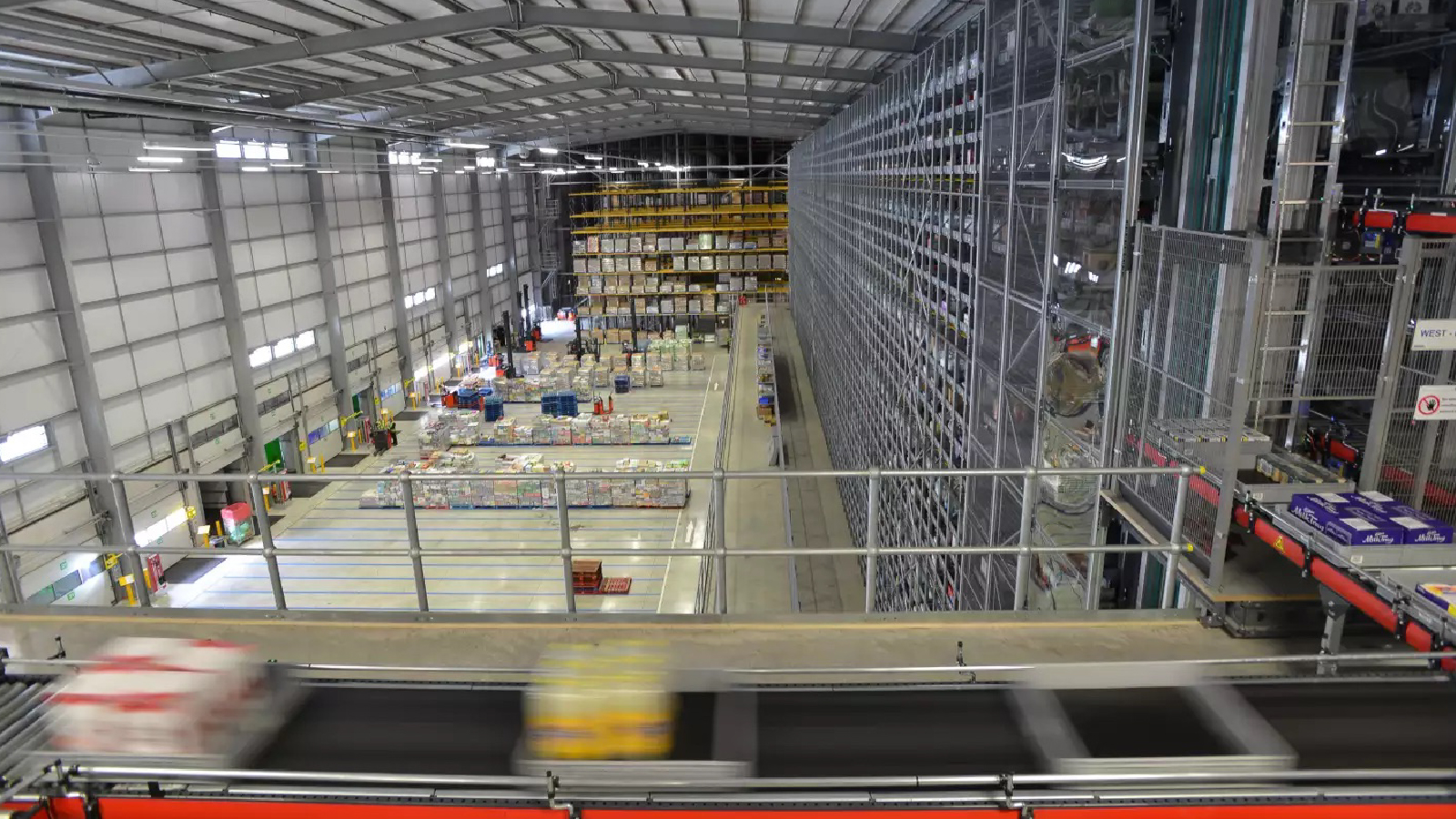Asda has provided affordable everyday groceries and essentials since the 1960s, and now serves more than 16 million customers in the UK every week. “Asda is one of the big four UK supermarkets,” says Tracey Wells, Anaplan Product Manager at Asda. “We’re currently on a mission to become the number-one choice for value-conscious families in the UK.”
Visionary thinking and precise planning have guided Asda’s remarkable growth. Teams at Asda devise promotions to bring customers in, forecast how many people will visit a store (and when), and ensure that products are in stock and easy to find when customers arrive. Asda also needs to manage its finances in a way that makes it all profitable.
Connecting plans for additional value
Asda first became an Anaplan customer in 2015. Then as now, decision-makers chose the Anaplan platform because it enabled them to build applications tailored to its business requirements. On a financial planning foundation, the company built SKU routing (what products should go where, at Stock Keeping Unit granularity), promotional planning (ways to attract customers), retail pricing (calculating Asda’s prices, including the popular “Roll Back” reductions, and communicating them to 1,100+ stores), all in Anaplan. The company also created and used a space optimization application in Anaplan to create floorplans in stores that are being refurbished.
In this multidimensional planning environment, Wells and her team have created synergies. For example, promotional planning and retail pricing are connected. “We can create our promotions at the same time [as the prices],” Wells explains. “So as soon as they update their price, it will update the promotion planner. And it just means that everybody has got the most up-to-date information that they could possibly have.”
Similarly, financial planning is tightly tied to SKU routing. “A plan is only a plan until it hits the stores,” Wells explains. “We’ve built finance processes in Anaplan so if a store closes or something else changes, we can take care of that store and its customers.”






